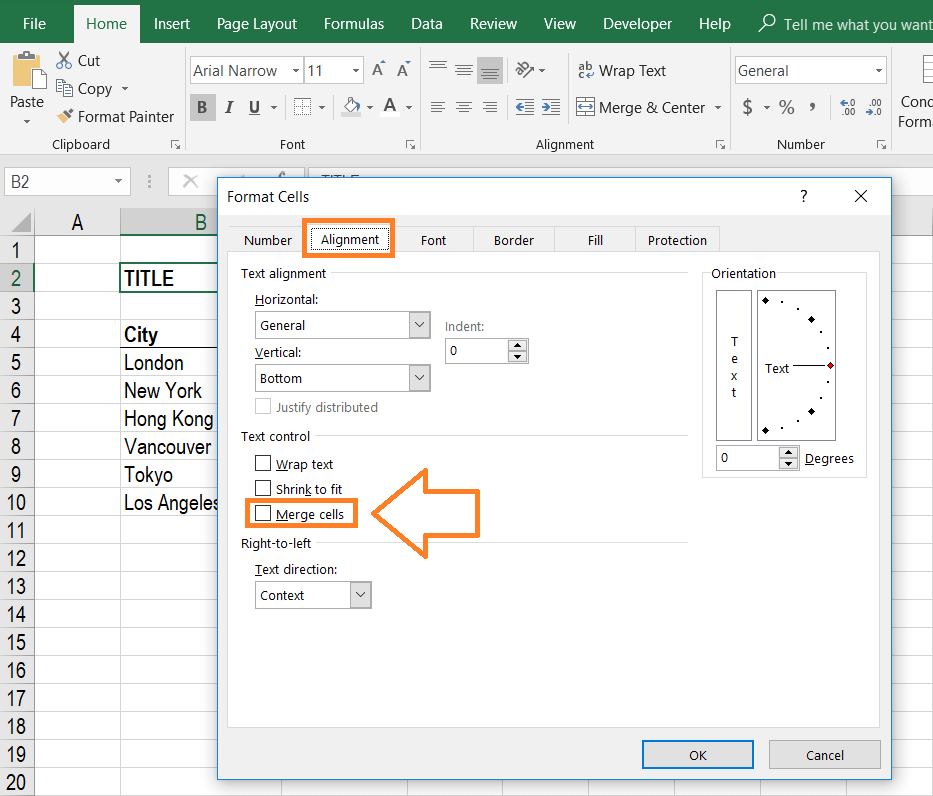

#MAC EXCEL MOVE TAB FOR CELLS AFTER ALIGNMENT FREE#

No additional columns, no additional rows… Rule #2: No vertical alignment of tables in WebI, same rows height With only one table per report, the export to Excel will result in a single table per spreadsheet with a one-to-one cell matching between WebI and Excel. This is the best way to export data to Excel for further processing. If the goal of exporting WebI reports to Excel is to further process the extracted data, then by adopting the following rules, WebI report designers will make sure that they always get the same number of columns and rows in their Excel spreadsheets: Rule #1: One table per WebI Report! Best Practice Rules when Exporting Data for Further Processing This second option is called “Prioritize easy data processing in Excel” and this is the option to choose when exporting WebI data for further processing.

Typically, small column or row size differences between distinct tables will be ignored. On the opposite, when focus is on the data, WebI will prevent as much as possible the addition of extra rows or columns. The difference between these two options is that when focus is on the format, WebI will add as many columns and rows as necessary, to best match the format of the source WebI report.

There are two mutually exclusive options when exporting WebI data to Excel: either the export is done with a focus on the format or the focus is on the data. Exporting with Focus on Format or on Data? In that situation and for the same reason, WebI will need to create additional rows to match the horizontal cells alignment in Excel and merge the cells of the larger rows. What this major difference means is that when exporting a report with several tables, vertically aligned and of different widths and number of columns, WebI will have to create additional columns in order to match the vertical cells alignment in Excel and then merge the cells of the larger columns:Ī similar operation occurs when the WebI report contains several horizontally aligned tables and these tables have rows of different heights. Users can group their data in distinct areas in this table but these areas are not distinct and they cannot, for instance, have the same size and a different number of rows or columns… In Excel, there is in fact only one large table in each spreadsheet (tab). They can be optionally related to each other in terms of relative position or filtering (element linking), but this is as far as it goes in terms of dependency. Tables are distinct objects, each of them with its own format, number of columns and rows. In WebI, each table in a report is truly independent. Important Differences between WebI and Excelīefore exporting WebI data to Excel, it is important to understand some important differences between WebI and Excel. This functionality exports each report of a document as an individual tab into an Excel file. SAP BusinessObjects Web Intelligence (WebI) allows its documents content to be exported as Microsoft Excel files, either in XLS or XLSX format.


 0 kommentar(er)
0 kommentar(er)
